基于上下游脑区深度学习模型来猜测强迫症和选择困难症
基于上下游脑区深度学习模型来猜测强迫症和选择困难症
基于上下游脑区深度学习模型得到强迫症和选择困难症的猜想
The conjectures of Obsessive-compulsive disorder and Difficulty decisions based on the Deep learning model for upstream and downstream brain regions
参考DSM-5的强迫症、选择困难症的相关文字,尝试用上下游脑区深度学习模型进行模拟。
Referring to the DSM-5 Obsessive-compulsive disorder and Difficulty decisions, try to simulate it with the Deep learning model for upstream and downstream brain regions.
1强迫症模型
1 The model of Obsessive-compulsive disorder
我们猜想强迫症的模型有两种情况,都和前额叶皮层有关。
一种是过于相信自己较好的经历和急躁,使得前额叶的突触连接权重和范围权重的前向计算陷入局部最优,见图1和7。图1的权重更新参考了局部优权重,较少参考差的权重很容易陷入局部最优。
另一种是童年受到的心灵创伤和不幸经历,使得前额叶的前向计算结果不好,见图2和7。图2的权重更新参考了局部差权重,较少参考优的权重使得计算结果不好。
图7前额叶皮层过于薄。上游皮层的较大计算误差累积到下游皮层需要更多的情绪才能跳出局部最优,进而产生更多的焦虑。
We guess that the model of obsessive-compulsive disorder has two conditions, both related to the prefrontal cortex.
One is to believe too much in their own good experience and impatience, so that the forward propagation of synaptic connection and range weights of the prefrontal lobe falls into local optimum, see Fig. 1 and 7. The weight update in Fig. 1 refers to the local good weights, and the weight with less reference inferior weights can easily fall into the local optimal.
The other is the trauma and unfortunate experience of childhood, which makes the forward propagation of the prefrontal lobe poor, as shown in Fig. 2 and 7. The weight update in Fig. 2 refers to the local inferior weights, and the weight with less reference to the good weights make the calculation results poor.
The prefrontal cortex is too thin in Fig. 7. Too large computational errors in the upstream cortexes accumulate to the downstream cortexes and require more emotions to jump out of the local optimum, which in turn produces more anxiety.
2选择困难症模型
2 The model of Difficulty decisions
而选择困难症是另一种相反情况,也和前额叶皮层有关。
考虑过多的不利情况、有利情况、约束条件和期待过高,特别是不利情况使得上游皮层权重范围较广,搜索效率低也使得上游皮层前向计算不好,见图3和8。
图8前额叶皮层过于厚。上游区更多皮层的海森矩阵进行反向传播,使得算法空间复杂度增多。上游皮层的较大计算误差累积到下游皮层需要更多的情绪才能跳出局部最优,进而产生更多的焦虑。
图4和6是正常的前额叶神经元分布及其皮层厚度。图5和6是更理智的神经元分布及其皮层厚度。
The Difficulty decisions is another opposite situation, also related to the prefrontal cortex.
Considering too many unfavorable situations, favorable situations, the constraints and expectations is too high, especially the unfavorable situations make the range of upstream cortexes weights wider, and the low search efficiency also makes the upstream cortexes forward propagation poor, see Fig. 3 and 8.
The prefrontal cortex is too thick in Fig. 8. The Heisen matrix with more cortexes in the upstream regions is calculated by back propagation, which increases the space complexity of the algorithm. Too large computational errors in the upper cortex accumulate to the downstream cortexes and require more emotion to jump out of the local optimum, which in turn generates more anxiety.
Fig. 4 and 6 show the normal prefrontal neurons distribution and their cortical thickness. Fig. 5 and 6 show a more rational distribution of neurons and their cortical thickness.
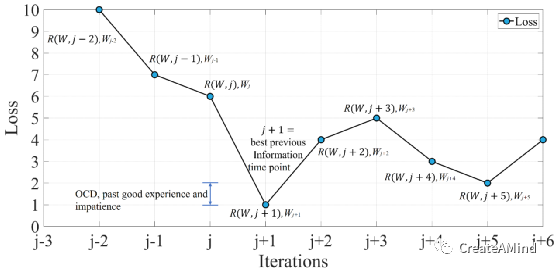
Fig.1 Distribution of neurons at OCD situation 1
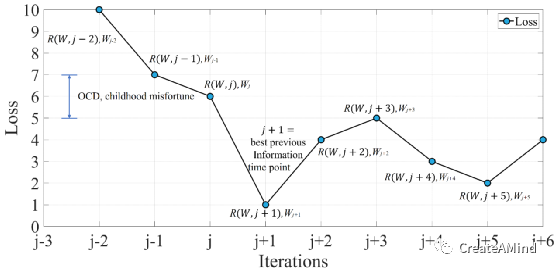
Fig.2 Distribution of neurons at OCD situation 2
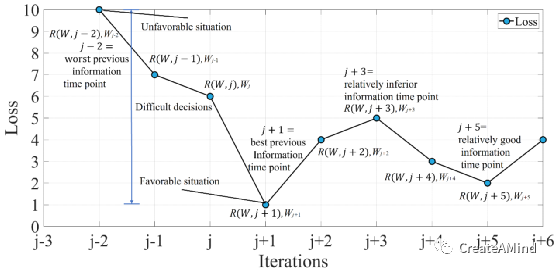
Fig.3 Distribution of neurons at Difficult decisions

Fig.4 Normal IQ
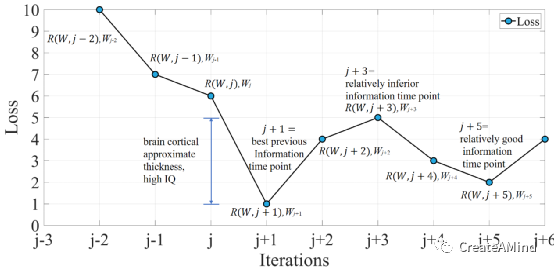
Fig.5 High IQ

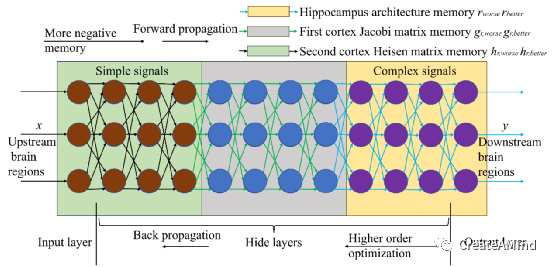
Fig.6 Normal brain regions
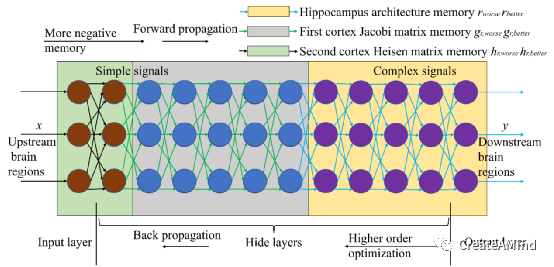
Fig.7 Brain regions of OCD
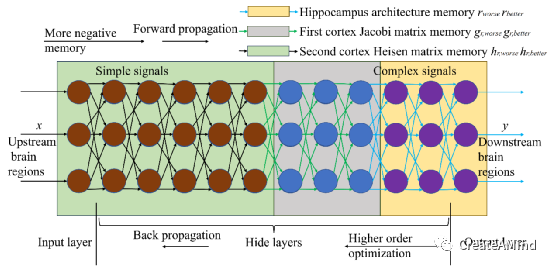
Fig.8 Brain regions of Difficult decisions 作者:陶俊波, 哈工大在读博士。
